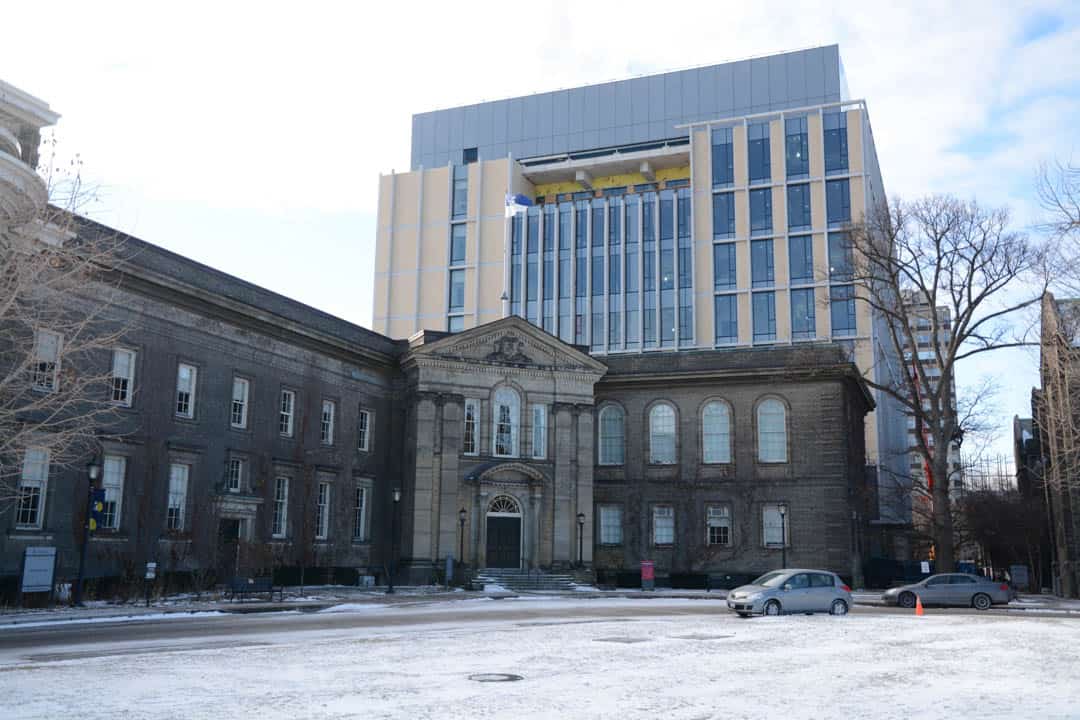U of T is expected to report a net income of $391 million for the fiscal year ending April 30, 2018. This income shows a decrease of $26 million from last year’s $417 million, according to a report from Chief Financial Officer Sheila Brown to the Governing Council’s Business Board. Net assets are projected to be approximately $5.8 billion, increasing by $313 million from 2017.
The report details revenue, expenses, net income, and net assets for the university. It was prepared using a combination of forecasting methods, including projection to April 30 using current year-to-date figures and estimation based on trend analysis of prior years.
Key assumptions made in projecting these numbers are a 5.4 per cent investment return, an $84 million endowment payout, $100 million in divisional savings, and $444 million in capital asset additions, or property.
Revenue and deficits
Based on the report, U of T’s revenue should be $3.36 billion this year, principally generated through a projected $1.57 billion in student fees. Expenses are forecast to come in at $2.97 billion, meaning U of T is making and spending a little more than it did last year, based on totals of $3.22 billion in revenue and $2.8 billion in expenses from 2017.
A deficit of $95 million is projected for 2018. Last year’s report projected a deficit of $93.9 million, but the actual deficit came in at $59 million.
The deficit is comprised of a $43 million operating fund surplus, with $35 million more in tuition fee revenue earned than in budgeted due to international undergraduate enrolment, $5 million in utilities savings, $4 million in additional government grants, and $3 million in investment returns.
An unrestricted deficit of $138 million in other funds is attributed to the internal debt component of the university’s debt program. These will be repaid over a longer period of time.
Debt projections
U of T places its outstanding debt at $1 billion, whereas its debt policy limit, or the amount it can borrow, stands at $1.5 billion. The Business Board approved $1.26 billion in allocations, which includes borrowing and contingency for donations, targets, and pledges, leaving $241 million remaining for future allocation throughout the next four months.
The annual debt strategy review states that debt “primarily supports capital projects and pensions.” Over the next five years, the review estimates that approximately $560 million of additional debt will be needed for capital projects that have not yet been approved by the Business Board but that are under consideration.
Some of these capital projects include a second instructional centre at UTSC, renovations to some Arts & Science buildings at UTSG, and the Landmark project to renovate front campus.
“In assessing the appropriateness of a debt strategy, we considered the need for debt together with the need to remain affordable, and for debt servicing to continue to be financially responsible,” reads the Debt Strategy Review.
By April 30, 2023, the debt policy limit is projected to increase to $1.85 billion to accommodate these new capital projects. Moody’s Investors Service gave U of T an Aa2 credit rating, which is unchanged from recent years, meaning U of T fulfils its financial commitments and repays the money it borrows in an effective and timely manner.


